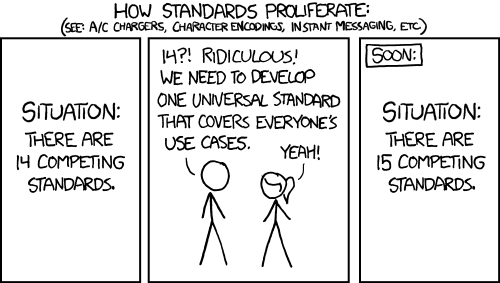Its a bit apple to oranges. Z-Wave is performed at the chip layer, money is made by selling Z-Wave chips or licensing Z-Wave technology to other chip makers. Once you have a Z-Wave chip (or a licensed one) it will process Z-Wave commands.
ZigBee is an open standard, for practice purposes, and so is the home automation stack which can run on a Zigbee device, but companies are not required to use the home automation stack for their ZigBee home automation products. They can design their own, and often do. This is like Bluetooth, USB, and many other "open" standards. I could buy a USB mouse, and plug it into a USB port on the computer and nothing happens. This is because the mouse may not conform to the standard HID interface that Windows or Mac has a built-in driver for. My mouse may require me to load a proprietary driver that can handle unique buttons or keys.
So just because something is labeled as Zigbee, does not imply that you can control it with a "Zigbee" control program, just like a USB device may not work in your computer. If it says Zigbee, and says Home Automation profile, you CAN control it assuming your software can talk to "Home Automation" ZigBee devices. Control4 uses Zigbee, and they sell Zigbee switches, but they don't use the Home Automation profile, so you can't control theseswitches with software built for the Home Automation profile.
Zigbee shipments are growing at 60% per year, so there is no question that it will be successful. But as a home automation standard? Only time will tell.

